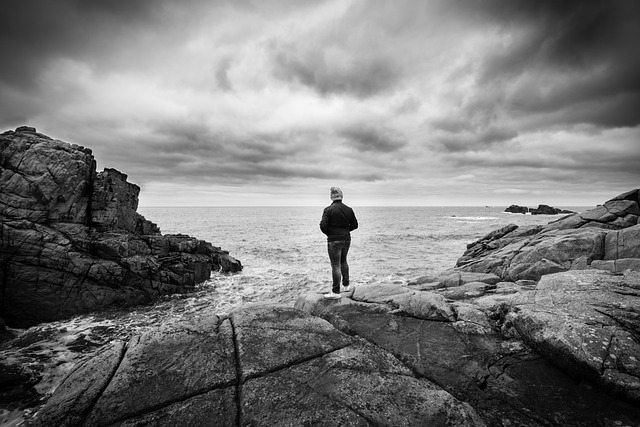Making It Official: Understanding Visa and Residency for Expats
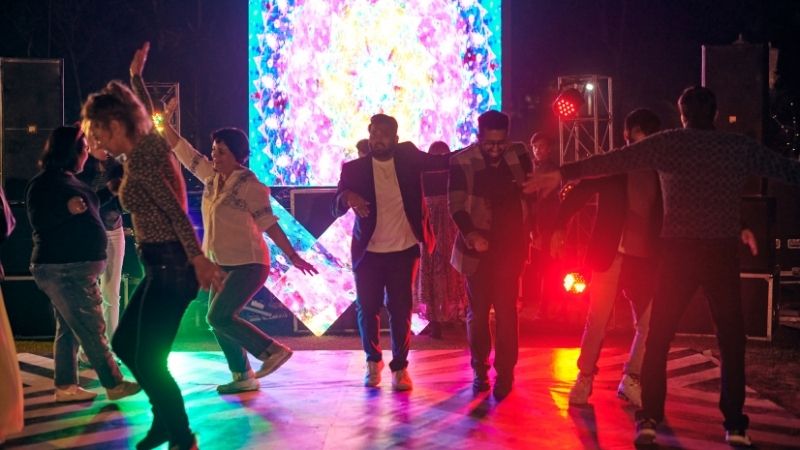
As an immigration lawyer, I understand the complexities and uncertainties that come with the visa and residency application process for expats.
In this comprehensive article, I will guide you through the necessary steps, documentation requirements, and potential challenges you may face.
We’ll delve into various visa types available, highlighting specific requirements and benefits associated with each category.
I’ll also provide practical tips for successful applications, navigating renewal procedures, and insights into the advantages of obtaining residency in different countries.
Get ready to make it official!
Key Takeaways
- Determine the visa type required for your situation and gather all necessary documents and information
- Complete the application form accurately and thoroughly, pay the required fees, and submit the application
- Familiarize yourself with the renewal requirements and deadlines, prepare the necessary supporting documents, and submit the renewal application within the specified timeframe
- Understand the residency benefits such as access to healthcare and social services, permission to work or start a business, education opportunities for children, and protection under the country’s laws and regulations.
The Application Process
The application process for obtaining a visa can be quite complex, but it’s important to follow all the necessary steps.
As an immigration lawyer, I would provide a comprehensive and detailed analysis of the visa and residency application process. I would cover all the necessary steps, documentation requirements, and potential challenges that expats may face.
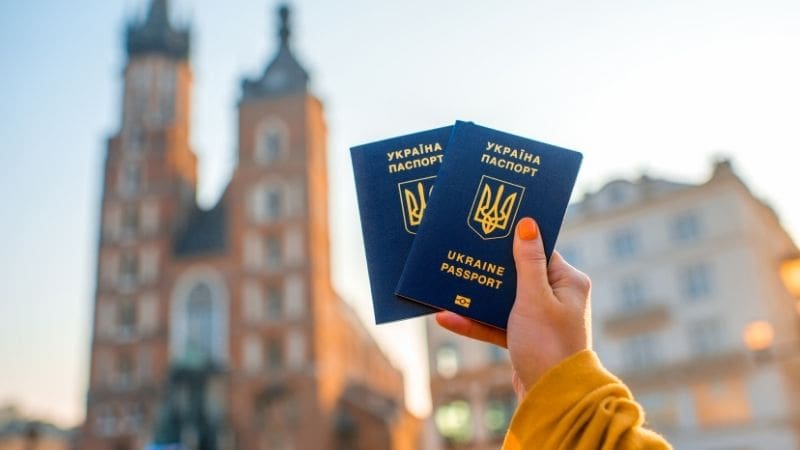
I would present accurate and up-to-date information on various visa types available for expats, highlighting the specific requirements and benefits associated with each category. Additionally, I would explain the legal criteria that must be met to be eligible for each type of visa.
Throughout the article, I would emphasize practical tips and advice, such as strategies for a successful visa application and common mistakes to avoid. I would also provide guidance on navigating renewal procedures.
Lastly, I would discuss the potential advantages and disadvantages of obtaining residency in a particular country, including the rights and privileges that come with it.
Understanding Visa Types
Visa types can vary depending on the country and purpose of travel. As an immigration lawyer, I would provide a comprehensive analysis of the visa and residency application process for expats. I would cover all the necessary steps, documentation requirements, and potential challenges that expats may face during their application journey.
It is important to present accurate and up-to-date information on various visa types available for expats, highlighting the specific requirements and benefits associated with each category. Additionally, explaining the legal criteria that must be met to be eligible for each type of visa is crucial.
To make it practical, I would emphasize practical tips and advice throughout the article. Strategies for a successful visa application, common mistakes to avoid, and guidance on navigating renewal procedures are essential aspects to consider.
Furthermore, providing insights into the potential advantages and disadvantages of obtaining residency in a particular country will help expats understand their rights and privileges better.

I aim to serve you by offering valuable knowledge that simplifies your visa journey as an expat.
Navigating Renewal Procedures
Navigating renewal procedures can sometimes be overwhelming, but don’t worry, I’ll provide you with practical tips and advice to make the process smoother. Here are some key points to consider:
-
Stay organized: Keep track of important dates, such as your visa expiration and renewal deadlines. Set reminders to ensure you don’t miss any crucial steps.
-
Gather necessary documents: Prepare all required documentation in advance, including passport copies, employment letters, and financial statements. Make sure they are up-to-date and meet the specific requirements of your visa category.
-
Follow instructions carefully: Read through renewal guidelines thoroughly and follow them step by step. Missing a small detail could lead to delays or even rejection.
-
Seek professional guidance if needed: If you’re unsure about any aspect of the renewal process, consult an immigration lawyer or specialist who can provide expert advice tailored to your situation.
Exploring Residency Benefits
Exploring the benefits of residency can provide expats with a deep understanding of the advantages they may enjoy while living in their host country. As an immigration lawyer, I would like to highlight the numerous benefits that come with obtaining residency.

Firstly, residency provides expats with stability and security, allowing them to live and work legally in their chosen country. It also grants access to various social services such as healthcare and education, ensuring a better quality of life for expat families.
Additionally, residency often comes with the right to vote and participate in civic activities, giving expats a voice in shaping their community. Moreover, being a resident may open up opportunities for citizenship or permanent residence status in the future.
Understanding these benefits is crucial for expats looking to make their stay more fulfilling and enjoyable.
Key Legal Requirements for Expats
Living legally in a foreign country requires expats to fulfill specific legal obligations. To navigate the visa and residency application process successfully, it is crucial to consider key legal requirements. Here are some important points an immigration lawyer or specialist would cover:
-
Comprehensive analysis: They would provide a detailed breakdown of the application process, including steps, documentation requirements, and potential challenges.
-
Informative insights: Accurate and up-to-date information on various visa types would be presented, highlighting specific requirements and benefits associated with each category.
-
Practical advice: Strategies for a successful visa application, common mistakes to avoid, and guidance on renewal procedures would be emphasized.
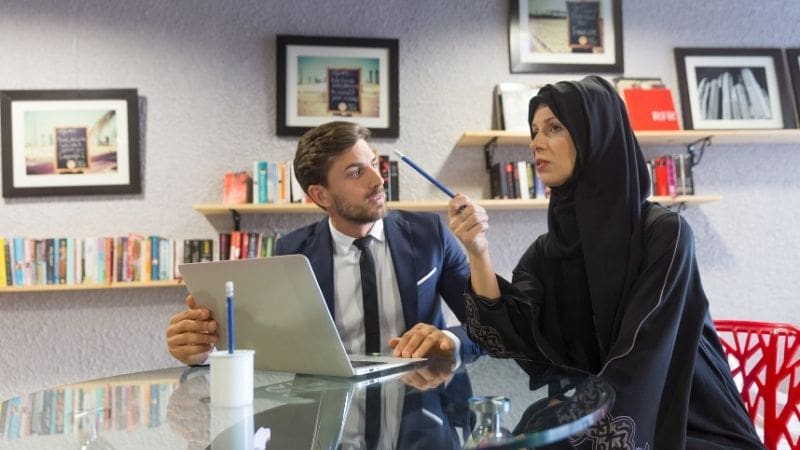
-
Advantages and disadvantages: Insights into the rights and privileges that come with obtaining residency in a particular country would be provided.
Understanding these legal aspects sets the foundation for expats to thrive in their new home.
Transitioning into the subsequent section about ‘visa and residency considerations for international students’, let’s explore how students can navigate this process effectively.
Visa and Residency Considerations for International Students
Now that we have discussed the key legal requirements for expats, let’s delve into the visa and residency considerations specifically tailored to international students.
As an immigration lawyer, I understand the unique challenges and opportunities that students face when pursuing their education abroad. To begin with, it is crucial to identify the various visa types available for international students, such as student visas or study permits. These visas typically require proof of enrollment in an accredited educational institution and sufficient financial resources to support oneself during their studies. Additionally, there may be specific restrictions on working while studying, so it is important to understand these limitations beforehand.
It is also essential to be aware of the renewal procedures for student visas and any potential benefits associated with transitioning from a student visa to a work or residency permit upon graduation. By carefully navigating these considerations, international students can make informed decisions regarding their future in a foreign country.
In the next section, we will explore visa and residency options for foreign workers and professionals seeking employment opportunities abroad.

SUBSEQUENT SECTION: ‘Visa and Residency Options for Foreign Workers’
Visa and Residency Options for Foreign Workers
Let’s take a closer look at the different options available for foreign workers and professionals when it comes to visas and residency.
As an immigration lawyer or specialist, I would provide a comprehensive and detailed analysis of the visa and residency application process. This would include covering all the necessary steps, documentation requirements, and potential challenges that expats may face.
I would present accurate and up-to-date information on various visa types available for expats, highlighting the specific requirements and benefits associated with each category. Furthermore, I would explain the legal criteria that must be met to be eligible for each type of visa.
To make things practical, I would emphasize practical tips and advice throughout the article, such as strategies for a successful visa application, common mistakes to avoid, and guidance on navigating renewal procedures.
Additionally, I would provide insights into the potential advantages and disadvantages of obtaining residency in a particular country, including the rights and privileges that come with it.
Frequently Asked Questions
Can Expats Apply for a Visa Online or Do They Need to Visit a Consulate or Embassy in Person?
Yes, expats can apply for a visa online or visit a consulate/embassy in person. It depends on the country’s requirements. Online applications are convenient, but some countries may require in-person visits for biometrics or interviews.
Is It Possible to Extend a Visa Beyond Its Initial Duration if Expats Decide to Stay Longer in the Country?
Yes, it is possible to extend a visa beyond its initial duration if I decide to stay longer in the country. I would need to follow the renewal procedures and meet the necessary legal requirements.
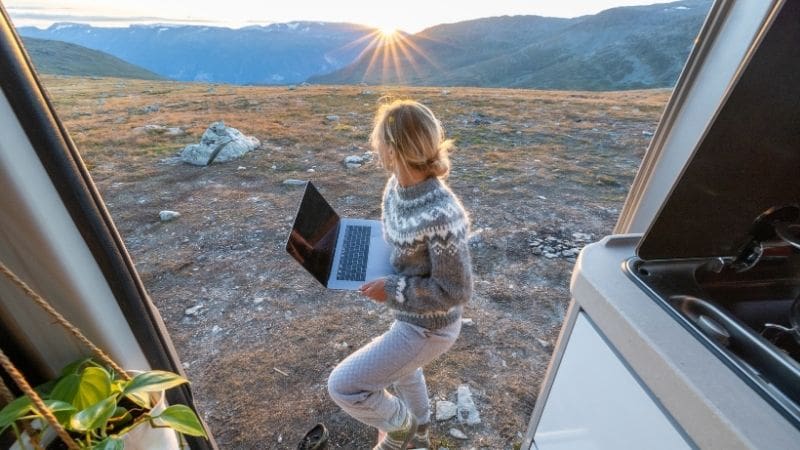
Are There Any Specific Requirements or Restrictions on the Types of Jobs Expats Can Have While on a Visa?
There are specific requirements and restrictions on the types of jobs expats can have while on a visa. It is important to understand the legal criteria and limitations to ensure compliance with the country’s regulations.
Can Expats Bring Their Families or Dependents With Them on Their Visa?
Yes, expats can bring their families or dependents with them on their visa. The specific requirements and restrictions may vary depending on the country and visa type, so it’s important to research and understand the regulations beforehand.
What Happens if an Expat Violates the Terms of Their Visa or Residency?
If an expat violates the terms of their visa or residency, consequences can vary from fines and deportation to bans on re-entry. It’s crucial to understand and adhere to the legal requirements to avoid any trouble.



